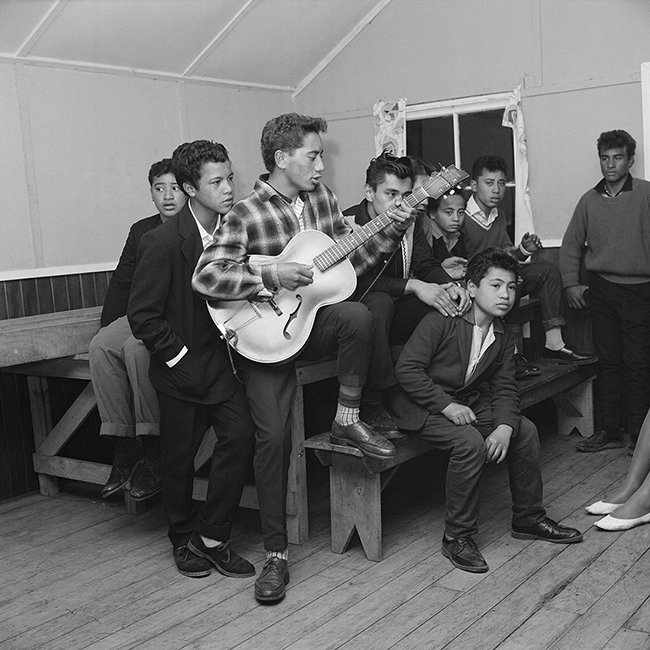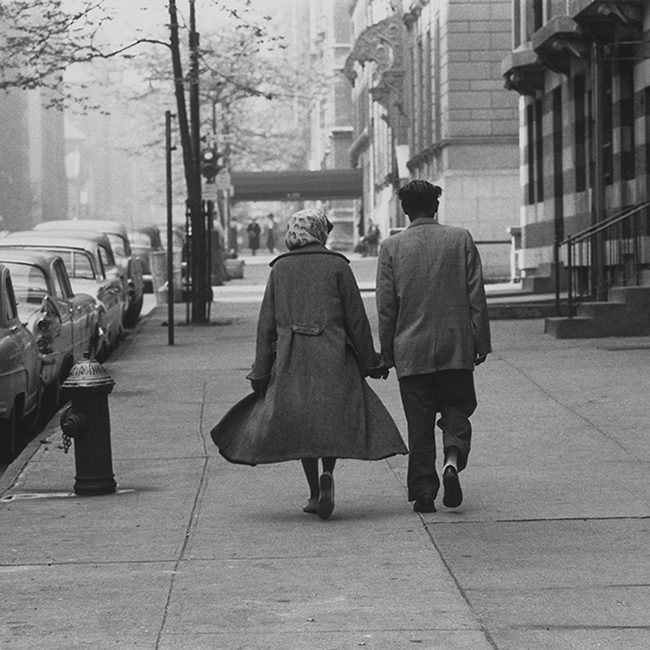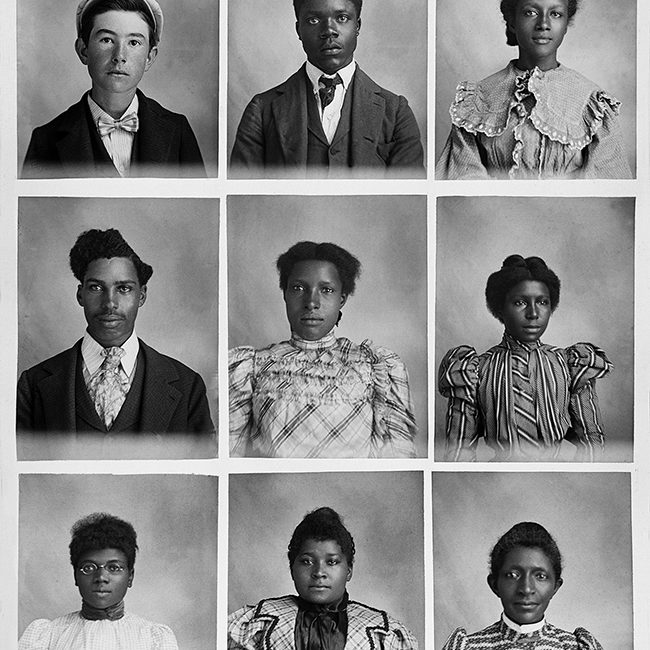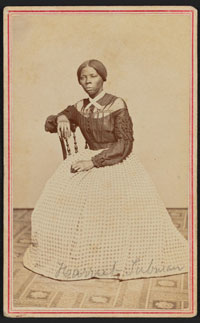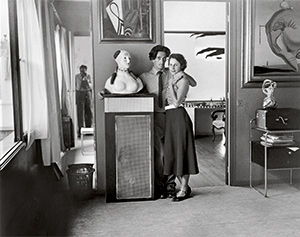Formally known as Burma, Myanmar, has not had a good time of it. It sits on the Bay of Bengal where it lies cuddled between India, Bangladesh, Thailand, Laos, and China, and has been subject to invasions for the better part of the past millennia. Little gets in, and even less out of the country. Military dictatorships have been the order of the day. As a result most don’t know much about the place – even it’s own citizens.
In 2013 Austrian photographer, archivist and storyteller Lukas Birk set about the start of the Myanmar Photo Archive (MPA). His collection now comprises of approximately 20,000 photographs from 1890 to 1995 as well negatives and photo albums. From the beginning his goal was clear: to create a comprehensive archive focused on Burmese photographers during and after the colonial period.
The Myanmar Photo Archive is currently the only anthology specializing in local Burmese photography and one of the largest collections of Burmese visual identity. It shows the Burmese people, by the Burmese people. In order to ensure these images continue to speak to the present day context, Birk constantly activates the archive.
His created ‘archival artworks’ have little to do with institutional processes but rather center around personal stories, the desire to preserve their place in history, and the artist’s own emotional attachment to them.
After five years of painstaking work, Birk finally saw the fruition of all his efforts in a book published called Burmese Photographers (Goethe Institut Yangon, 2018) that will change the way you’ll think of Myanmar. The chapter on youth culture between 1970 and 1990 is especially fascinating! Several exhibitions in Yangon, using images from the archive, have taken people on a journey through the photographic history of Myanmar.
PDN spoke with Lukas Birk:
PDN: How did you go about finding all the photographs/negatives?
Lukas Birk: I researched for several years in Myanmar. They come from a mix of people photographers, antique dealers who were sitting on piles of decaying photographs and albums, families, trash collectors. Pretty much anyone. Other images I got directly from photographers and photo studios. If a studio still has negatives from the past it is especially interesting as these images can be traced to a specific area and the people that lived there and how they liked to be presented in the photographs.
PDN: What are some of the challenges you faced?
LB: As anywhere people are sceptical at first when you approach them and ask “high can I have your family history and put it in a public archive?” But with time you gain trust. Important is not to abuse that.
PDN: What was the most fun part of the project?
LB: You meet the best characters and here about all the little oddities of a time or place. Personal stories is what I am all about, the small details that make life what it is.
PDN: Is the project still ongoing and what are you busy with now?
LB: The project in Myanmar is continuing indefinitely. There are new book making workshops, new books to be published next as well as two exhibitions, there is a big online platform in the making etc. It depends a little bit on funding but the future has a lot going on for my Myanmar Photo Archive.
PDN: Why is this archive important?
LB: We all need references to who we are and where we are from. In many countries these references are available and researchers had the opportunity to investigate and store information. In Myanmar this is sadly not the case. There haven’t been references to visual culture recorded at least not in systemized why that has public access. That is main task – making information public, especially information that can bring people together rather than divide them.
— Samantha Reinders
Myanmar Photo Archive
Lukas Birk
www.fraglich.com
Related Articles:
Iraq Through the Eyes of Local Photographers
A Photo Book From Priya Ramrakha’s Rediscovered African Archive
Photos Day or Night: An Unorthodox Story of the American South
